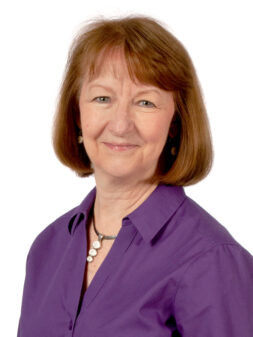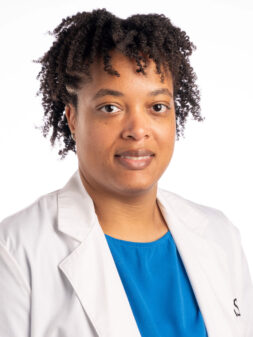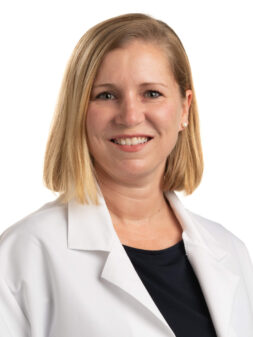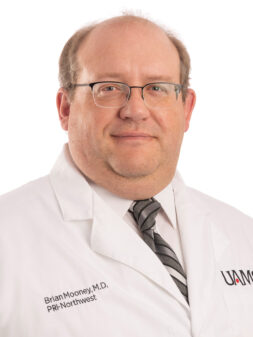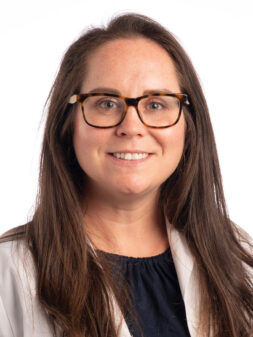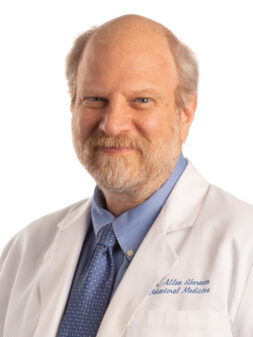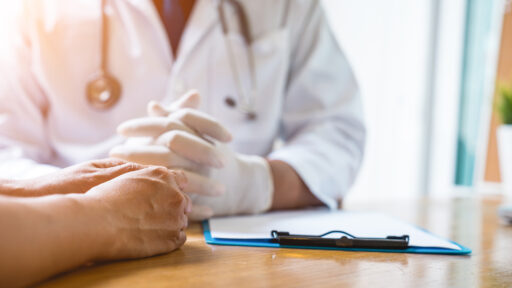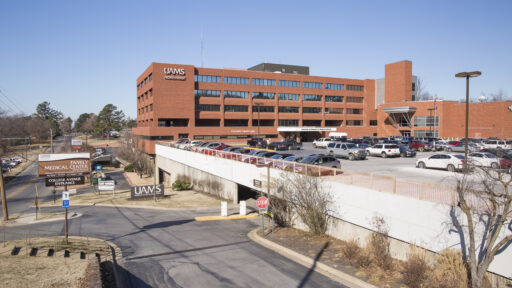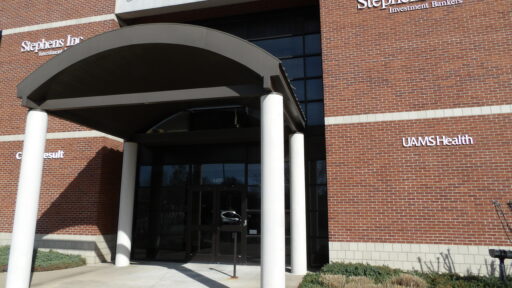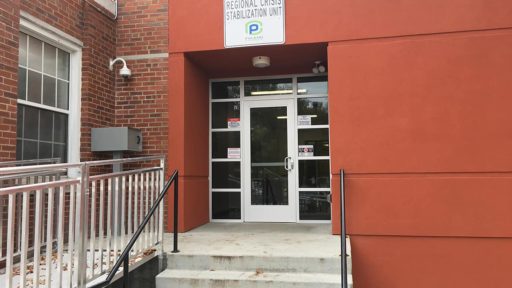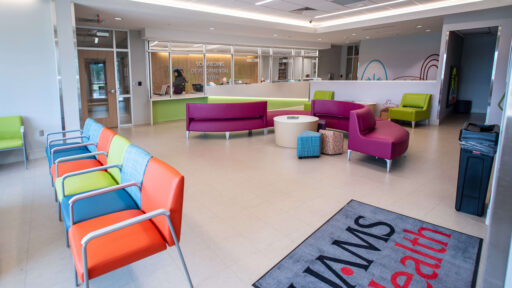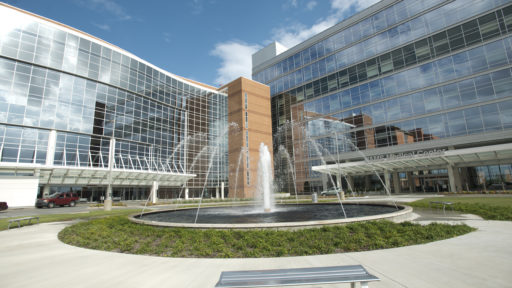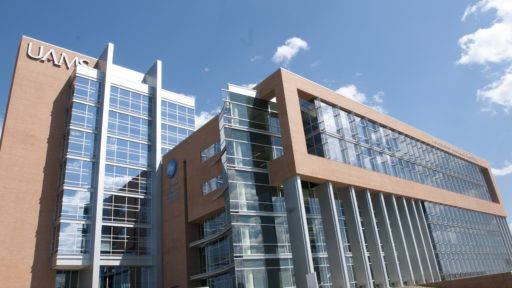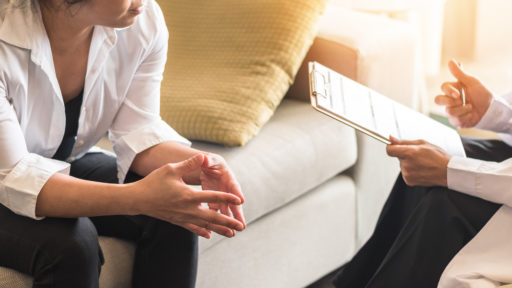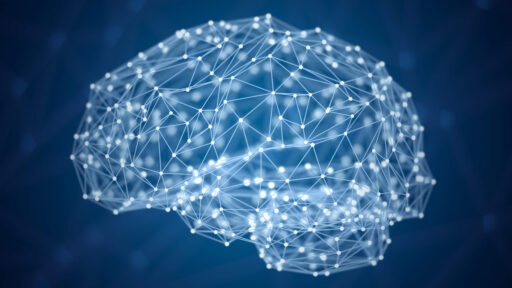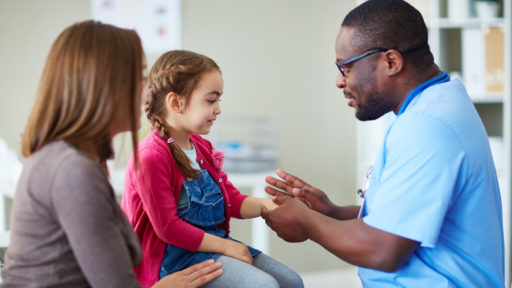Depression can be described as feeling sad, miserable or down in the dumps. Most people feel that way at one point in their lives for short periods of time. However, true clinical depression is a mood disorder where feelings of sadness, loss, anger or frustration interfere with everyday life for weeks or longer.
Depression Symptoms
Some people experience symptoms so severe that it’s clear something isn’t right; for others, people feel generally miserable but aren’t sure why. Symptoms for depression include:
- Persistent sad, anxious or empty feeling
- Feelings of hopelessness, worthlessness and helplessness
- Loss of interest or pleasure in hobbies or activities you once enjoyed
- Fatigue and lack of energy
- Insomnia or excessive sleeping
- Significant change in appetite/ weight loss or gain
- Thoughts of suicide
Depression could be caused by abuse, medication, a major life event, death or loss of a loved one or serious illnesses. A family history of depression also may increase the risk.
Types of Depression
All depression types are not the same. The two most common types are major depression and chronic depression (dysthymia). Major depression affects your ability to work, study, eat, sleep and enjoy pleasurable activities. These symptoms cause significant distress and prevent you from functioning normally. With major depression, the symptoms cannot be due to direct effects of a substance (medication or drug abuse), medical condition or recent loss of a loved one.
Chronic depression is characterized by long-term (two years or more) depressed mood. This depression is less severe than major depression, and symptoms don’t typically prevent normal functioning. However, people with chronic depression may experience one or more episodes of major depression during their lifetimes.
For a diagnosis of depression, your doctor will talk to you about recent moods and behaviors and may conduct a physical examination. The most common treatments of depression are medication and psychotherapy.

